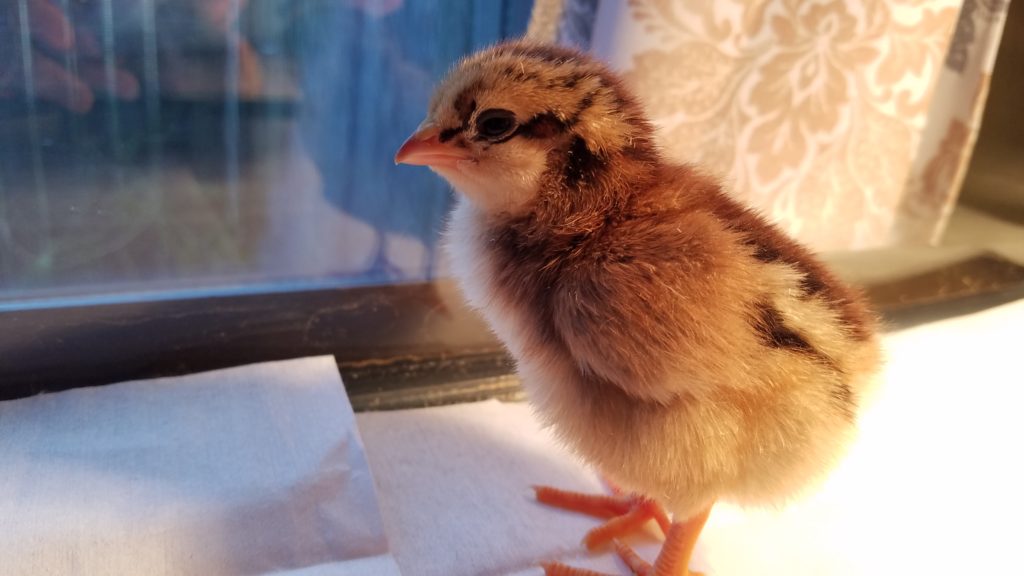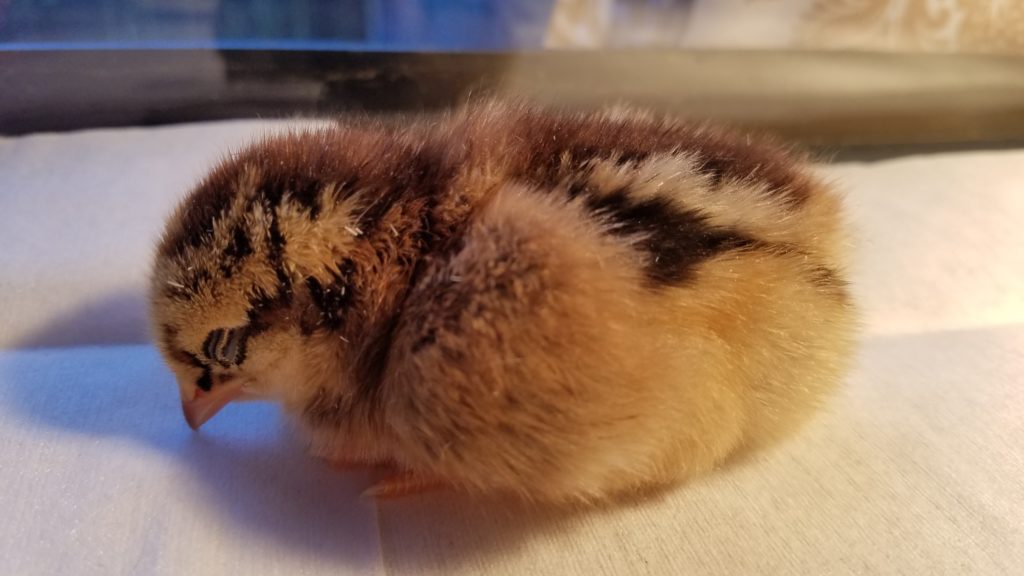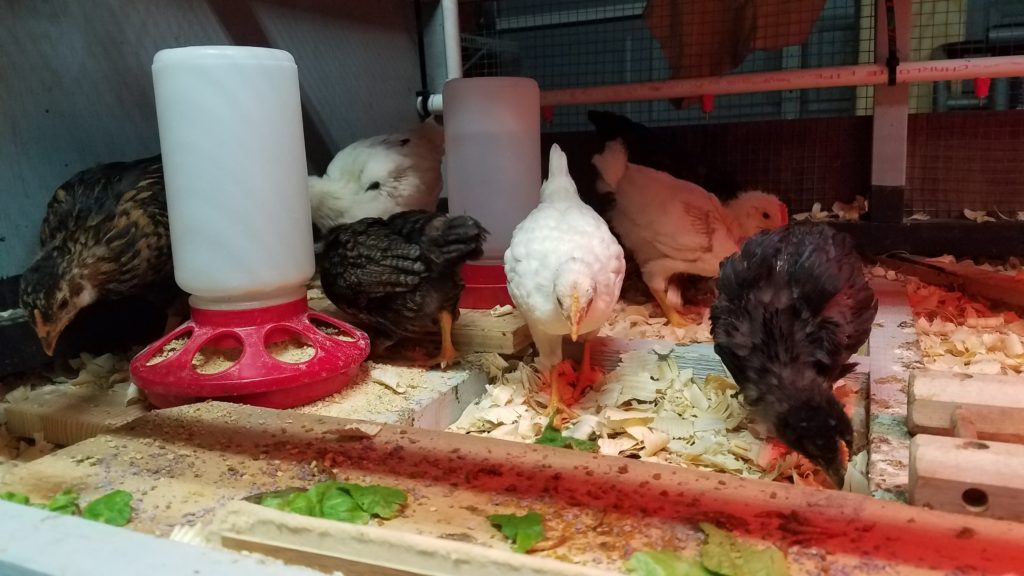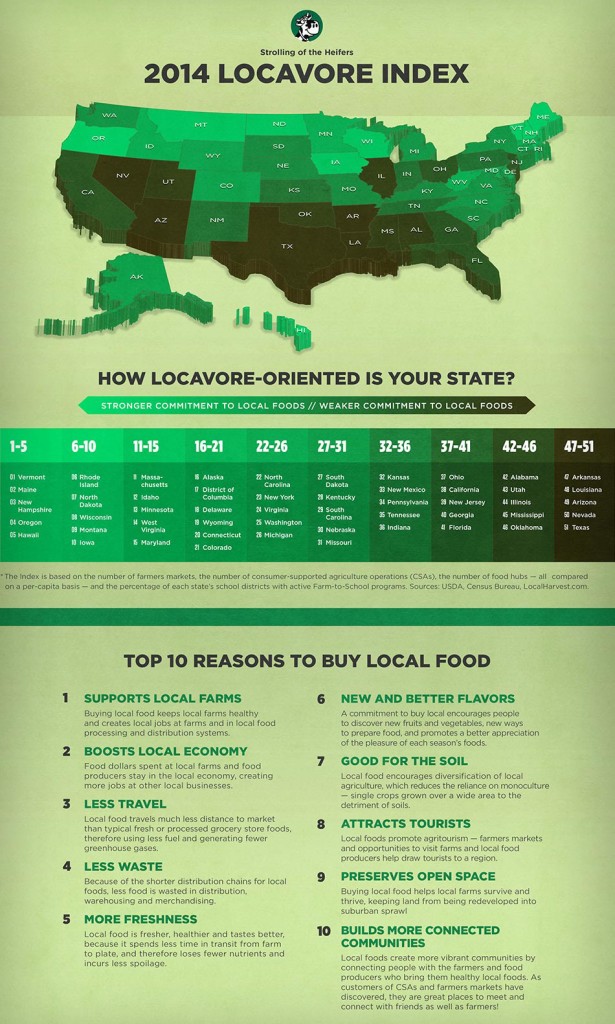Spring Chicks, The Natural Way
-

Chicks A Few Days Old -

-

-

-

Chicks are 3-4 weeks old
This marks the start of our sixth
flock to date and the fifth spring that we enter raising chooks as chicks. What’s
different about this year however is that for the first time we hatched our own.
The natural way. We must tell you that it has been extremely exciting and
rewarding to watch the transformative process. From the time our broody Australorp
plucked out all of the feathers from under her belly to the dawn we found the
first chick chirping in the nesting box along her side.
In the past we have always
purchased our chickens from other breeders. Throughout the process we have
experienced both joy and pain. We have learned to become very resilient flock shepherds
through the multitude of casualties we’ve experienced and for a number of
reasons which we suspect. Chook owners know more over time, but even after we have
conducted a necropsy, sometimes you just never know why your little feather
friend died. Then we remember natural selection and survival of the fittest
doesn’t always make sense. Nature has a way of showing you tiny details and
intricacies of life that may have gone unnoticed before, when everything
appeared to be perfect. It is under the ruffled feathers that you find many
questions left unanswered. And yet somehow you have the urge to try again.
So, this season it is extremely
rewarding for us to watch mama hen take ownership of 11 brown, white, and blue
eggs in her nest. We watched as a few more eggs were laid each day in the same
space by the Leghorns, Barnevelders, and Ameraucanas. Only 7 hatched and we buried
the others in the garden. Each one of them is unique in their own way by the day
of the week they were born which earned them names of which to keep.
The first egg that hatched was
blue and an Ameraucana. It had been at least twenty-one days when we noticed a
fracture in the shell. Over a period of more than six hours she pecked her way
out of her shell. Chicks can live for four days after they’ve hatched on the
nutrients supplied from the inside of their shell. Remarkable the way that
nature works eh?
One by one they hatched and we
brought them into their temporary brooder. The goal was to reintroduce mama hen
to her chicks after they’d all hatched, but she was so stressed out from the
extensive incubation period that when she left the nesting box we could tell
she was relieved. So we let her find her zen again to sow and scratch in peace.
The youngest chick is nearly two weeks behind the oldest and Thursday, the only Australorp that hatched was born January 7th. She took a couple of days to get out of the eggshell. She was exhausted and we were not sure that she’d pull through but shorty is hanging with the best of them today. Sunday, Ameraucana the first was born January 27th, then Wednesday Ameraucana the 2nd (30th), Sunday the first Leghorn (3rd), and two Leghorns hatched on Monday (Jan 4th). One Barnevelder hatched on Tuesday (5th). By now a few of them are about a month old.
For more information on raising your own flock we highly recommend:
Harvey Ussery The Small-Scale Poultry Flock
Gail Damerow Storey’s Guide to Raising Chickens, and The Chicken Health Handbook
